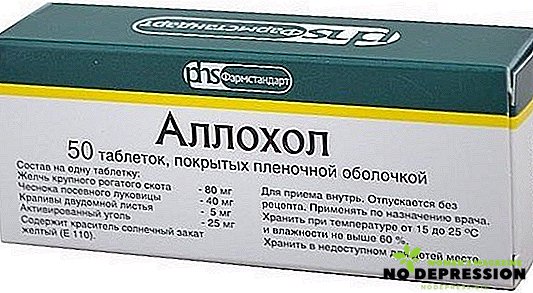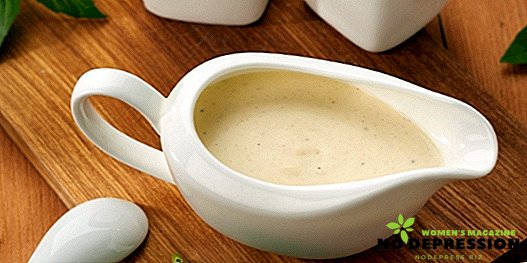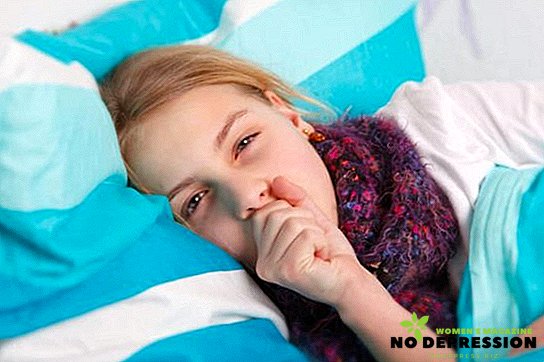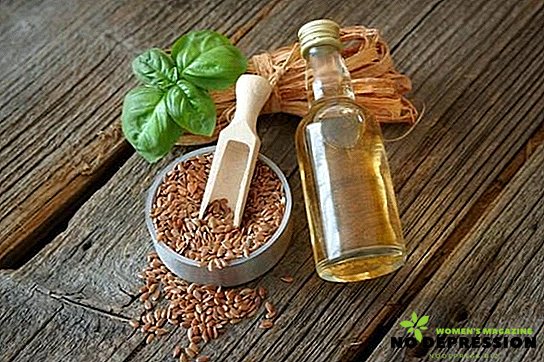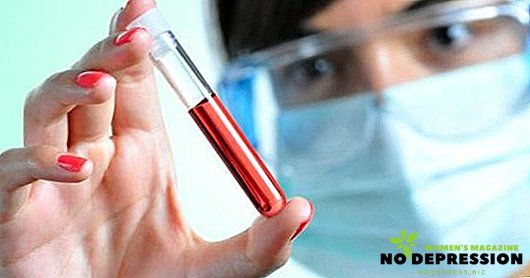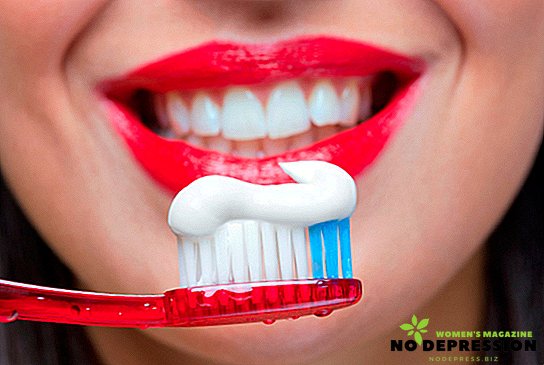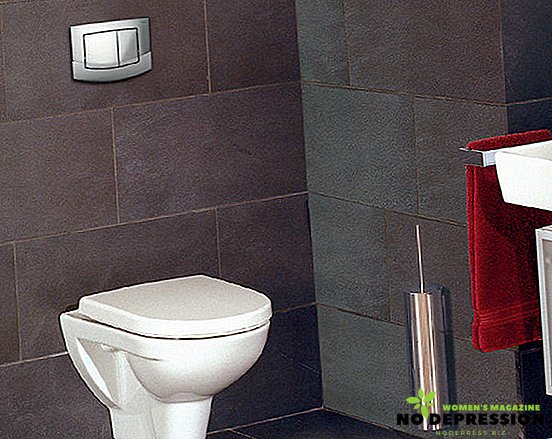Edema is the result of a pathological process in which the outflow of fluid in the tissues of the body is disturbed. The disease can manifest itself both in general form and locally, in the swelling of limbs.

Why do the legs swell?
The problem of edema in women and men is a sign, given by our body, about the unsatisfactory state of health. In order to eliminate this problem, it is necessary to correctly diagnose the source of the disease. Puffiness is usually associated with:
- overweight;
- long loads on the legs;

- sedentary lifestyle;
- junk food abuse;
- drinking alcoholic beverages;
- inflammatory processes in the joints;
- pregnancy.
However, the cases listed are just risk factors that are based on deeper causes. The formation of edema, to a greater extent, due to the improper work of the internal organs of the person, the appearance of his serious ailments.
These include:
- Problems with heart. Symptomatic swelling of the legs in the lower leg region, combined with difficulty breathing during movement, hoarseness, rapid heart rate, are characteristic symptoms. With a sedentary lifestyle, the appearance of edema is observed in the lumbar region;
- Diseases of the veins and blood vessels. The main symptoms are: swelling of one leg and soreness after exertion (usually in the afternoon), pigmentation (venous network), varicose veins; swelling of the limb, not falling down for a long time, bruising, pain in the affected area, feeling of heaviness - thrombosis;
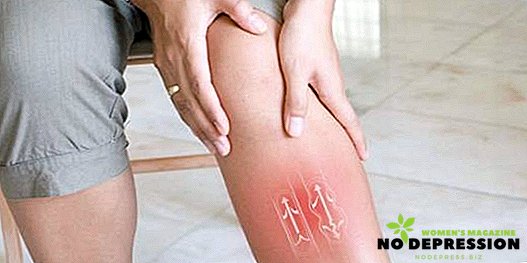
- Renal failure. Symmetrical swelling of the back of the legs, which does not resolve during the night. The tissues of the edema area become light and soft. Itching and pain are absent. Often these symptoms are accompanied by puffiness under the eyes;
- Diabetes. To diagnose the symptoms, it is necessary to press a finger on the area of puffiness, which will create a hole that will disappear only after 20-30 seconds. Also characteristic features include numbness of the limbs, a decrease in their sensitivity, as well as foot deformity;
- Diseases of the thyroid gland. Puffiness is characterized by elasticity, leaving no dimples when pressed. Accompanying symptoms are drowsiness, constipation, general weakness, as well as swelling of the tongue.
Puffiness can also be caused by an allergic reaction or by side effects of drug treatment.
What if there is a slight swelling on the legs?
Found leg swelling? Do not immediately sound the alarm. Puffiness of the limbs may not be a symptom of a serious illness.
This problem is often the result of fatigue of the legs from prolonged exertion, excessive consumption of water, salty or fatty foods, etc. In this case, traditional medicine provides simple measures and procedures to help relieve unpleasant symptoms:
- The first thing to do when faced with the problem of puffiness is to avoid further exertion on the legs;
- position the legs above the chest at an angle of 30-40º. This will create a blood outflow and eliminate puffiness. In this position, it is desirable to spend more than 30 minutes.
- drink less fluid and reduce salty foods;
- apply a cool compress to the swelling or make a cool foot bath. To enhance the positive effect, you can use essential oils or sea salt;
- a light massage of the feet and lower leg will help relieve tension;
- Start taking dietary supplements or multivitamins. The lack of elements and microminerals in the body creates a precedent for the appearance of problems with edema;
- use external means (cream, ointment) as with venous edema;
- perform light gymnastics.
Gymnastic movements recommended for puffiness removal:
- walk on the socks;
- movement of body weight from socks to heel;
- resting your fingers on the floor, pull the heel up and vice versa;
- perform flexion and extension of the fingers;
- move the fingers of the lower limbs in different directions;
- try to raise the object lying on the floor with your toes.

Many people, along with performing exercises, taking foot baths and using vitamins, also practice traditional methods of combating puffiness.
Folk remedies with the appearance of puffiness
If your legs are swollen, then you can turn to folk remedies. So, what to do at home to eliminate unpleasant symptoms?
Over the centuries of medical practice, people have invented numerous folk remedies to combat edema and its causes. The basis of this treatment includes tinctures and decoctions of herbs, vegetables, as well as various external procedures. The most popular ones are:
For internal reception:
 A decoction of astragalus will remove the swelling and strengthen the circulatory system. To prepare the medicine, you need to take 10g. this plant and steam it in a glass of boiling water. Broth should cool down, after which it must be filtered. Take therapeutic potion is necessary for 2 tablespoons in the morning and evening. The course is designed for 6 months, where every 2 weeks you should take a break for 3 days and resume treatment again;
A decoction of astragalus will remove the swelling and strengthen the circulatory system. To prepare the medicine, you need to take 10g. this plant and steam it in a glass of boiling water. Broth should cool down, after which it must be filtered. Take therapeutic potion is necessary for 2 tablespoons in the morning and evening. The course is designed for 6 months, where every 2 weeks you should take a break for 3 days and resume treatment again;- An effective remedy is a decoction of radish. The recipe for its preparation is simple: cut a pound of this root in small pieces, pour boiling water on it and leave on the fire for 10 minutes. Cooked medicine must be given to insist. When quenching, he must replace water;
- Such herbs as linden, St. John's wort, lemon balm and others have good diuretic properties. An effective remedy is a decoction of horsetail, birch buds and knotweed. It is necessary to mix 2 spoons of each component. After you need 1 teaspoon of the mixture pour 1 cup boiling water. This all needs to be allowed to brew for 30 minutes, strain and use 1 tablespoon 3 times a day, after meals. Reception system: you need to drink broth for 3 days, skip 1 day, and then continue again. The whole course is designed for 3 weeks.
For external use:
- Reception of cold baths with the addition of chamomile decoction and light massaging of the swollen area;
- Preparation of a compress from grated potatoes. The rubbed mass must be applied to the place of edema and wrapped in cloth for a couple of hours;
- The use of different types of massage: a simple foot massage, massage with the use of ice from the frozen decoction of herbs and foot massage with a small ball and other auxiliary items.
Folk remedies are good at helping against relieving symptoms and treating diseases in the early stages, but they are often powerless against serious and neglected diseases.
Actions for severe swelling of the lower limbs
Now let's talk about what to do if a very strong leg swelling is found. Faced with severe edema, an urgent need to go to the hospital for testing, examination and prescription of potent drugs by the doctor.
It is impossible to underestimate the strong swelling, since it is a signal of the body about the presence of a serious disease.
When edema of nephrotic origin is the cause of renal cleansing function. To begin, the doctor must prescribe a diet to facilitate the work of this body:
- Daily intake of water - up to 2 liters;
- Use no more than 3 gr. salt daily;
- Restriction on the use of protein (up to 100 gr. Day).
Further drugs are prescribed, depending on the reasons that caused the renal dysfunction.
Treatment of edema, caused by heart problems, also begins with the appointment of a water-salt diet and balancing fat in the diet. Usually in such cases, the treatment prescribed:
- drugs that prevent atherosclerosis;
- drugs that have a beneficial effect on myocardial contractility;
- drugs that reduce vascular tone;
- means of reducing the load on the heart muscle.
Alcohol consumption and smoking should also be excluded, as these bad habits have a detrimental effect on the cardiovascular system.
 Lymphatic edema - a consequence of the malfunction of the lymphatic vessels. In addition to compresses and special clothes, they can prescribe (if no infections, tumors and blood diseases are identified), and also physiotherapy effects:
Lymphatic edema - a consequence of the malfunction of the lymphatic vessels. In addition to compresses and special clothes, they can prescribe (if no infections, tumors and blood diseases are identified), and also physiotherapy effects:
- pneumatic massage, which moves the lymph from the periphery to the main channels;
- the method of raising the tissue area by the adhesive network, which stimulates the flow of lymph.
It is possible and surgical intervention, which can help in the restoration of lymph outflow.
In case of swelling caused by venous insufficiency, compression underwear or bandaging is prescribed in the morning. It is also recommended to exclude from the diet spices, alcoholic beverages and smoking.
Drug treatment begins with venotonics, but if their use is not advisable due to exacerbation of the disease, venosclerosing drugs are used, which disable the affected veins from the bloodstream.
Possible removal of veins surgically. When complications caused by thrombosis, drugs that inhibit blood clotting are attributed. If they do not help, resort to surgery.
Why do leg swelling appear during pregnancy and after childbirth?
Puffiness is a familiar satellite of a woman in late pregnancy. The process of carrying a child is associated with many changes in the body, including hormonal ones. All this together makes it difficult for the body to move fluid, impairs lymph flow, which leads to the formation of edema and changes in the walls of blood vessels.
 The problem of water retention in the body tissues in pregnant women does not appear immediately. Up to 4-5 months, only a loss of skin elasticity on the limbs, as well as rounding of the face shape, become signs of metamorphosis. Only by 6-9 months puffiness will make itself felt, appearing mainly on the lower limbs.
The problem of water retention in the body tissues in pregnant women does not appear immediately. Up to 4-5 months, only a loss of skin elasticity on the limbs, as well as rounding of the face shape, become signs of metamorphosis. Only by 6-9 months puffiness will make itself felt, appearing mainly on the lower limbs.
The presence of edema can be judged by the fact that the woman’s weight has increased dramatically. You can also check the stagnation of fluid by pressing a finger on the leg in the lower leg, where the muscles are absent. The presence of pits suggests that the swelling is.
After delivery, if the gestation process was not accompanied by complications, the swelling should go away within 2 weeks. However, there are factors that impede the restoration of water balance:
- fatigue, constant load on the legs;
- abuse of salty and fried foods;
- varicose veins caused by poor elasticity of the veins and blood vessels;
- manifestation of cystitis, pain from which many confuse with postpartum soreness of the perineum;
- poor postpartum kidney function, caused by a large load during pregnancy;
- heavy load with weak heart muscle.
What to do if during pregnancy or after childbirth legs began to swell strongly?
If you experience severe swelling, you must immediately see a doctor. If the results of the survey do not confirm the presence of serious diseases of internal organs, the following ways to combat edema can be applied:
- lie down regularly with your legs raised above your body;
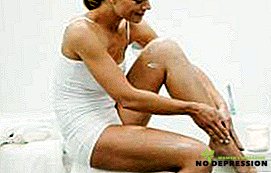
- massage swollen limbs;
- not to drink a lot of water, especially in the evening (the norm for a pregnant woman is 1.5-2 l / day);
- exclude salty, fried, spicy foods;
- walk in the open air more often;
- avoid heat and stuffy rooms;
- make footbaths;
- eat fresh vegetables and fruits.
After eliminating puffiness, we should not forget about the further need for preventive measures, which will help prevent the return of this problem.
Prevention
Lower extremity edema is often associated with many harmful factors of human activity: professional activity, uncomfortable shoes, bad habits, etc. In order to avoid the development of diseases that cause edema, you must adhere to the following preventive measures:
- you need to abandon the regular and long wearing shoes, which has a heel of more than 5 cm;
- if you need to wear compression clothing;
- make footbaths;
- take a contrast shower;
- try not to take hot baths, not to visit saunas, baths;
- to spend time walking, which favorably affects the blood circulation in the body and nourishes the cells with oxygen;
- need to get rid of the habit of throwing the leg over the leg in a sitting position, which worsens the outflow of fluid in the lower extremities;
- with a passive form of work, devote more time to warm-up during the working day;
- use cucumbers and watermelons as a natural diuretic;
- an hour before meals to drink a glass of grape juice;
- reduce the use of salt, spices, coffee, carbonated drinks;
- refuse alcoholic beverages and tobacco;
- control your body weight.

Health must be kept young. It is better to introduce into the habit of daily implementation of preventive measures than to deal with the more serious consequences of disease.
Conclusion
- The cause of water imbalance can be both minor errors and serious diseases of internal organs;
- With a slight swelling of the legs, not caused by pathology, you can cope with traditional methods, as well as with the help of folk remedies;
- In case of severe swelling of the legs, examination and prescription by a doctor or surgical intervention is necessary;
- The causes of edema in women during pregnancy and in the postpartum period are natural physiological processes;
- The actions of pregnant women and young mothers with the appearance of strong edema: diagnosis of specialists, consultation of a doctor, cases of self-treatment are acceptable.
For more information about leg edema, see the following video.




 A decoction of astragalus will remove the swelling and strengthen the circulatory system. To prepare the medicine, you need to take 10g. this plant and steam it in a glass of boiling water. Broth should cool down, after which it must be filtered. Take therapeutic potion is necessary for 2 tablespoons in the morning and evening. The course is designed for 6 months, where every 2 weeks you should take a break for 3 days and resume treatment again;
A decoction of astragalus will remove the swelling and strengthen the circulatory system. To prepare the medicine, you need to take 10g. this plant and steam it in a glass of boiling water. Broth should cool down, after which it must be filtered. Take therapeutic potion is necessary for 2 tablespoons in the morning and evening. The course is designed for 6 months, where every 2 weeks you should take a break for 3 days and resume treatment again;
